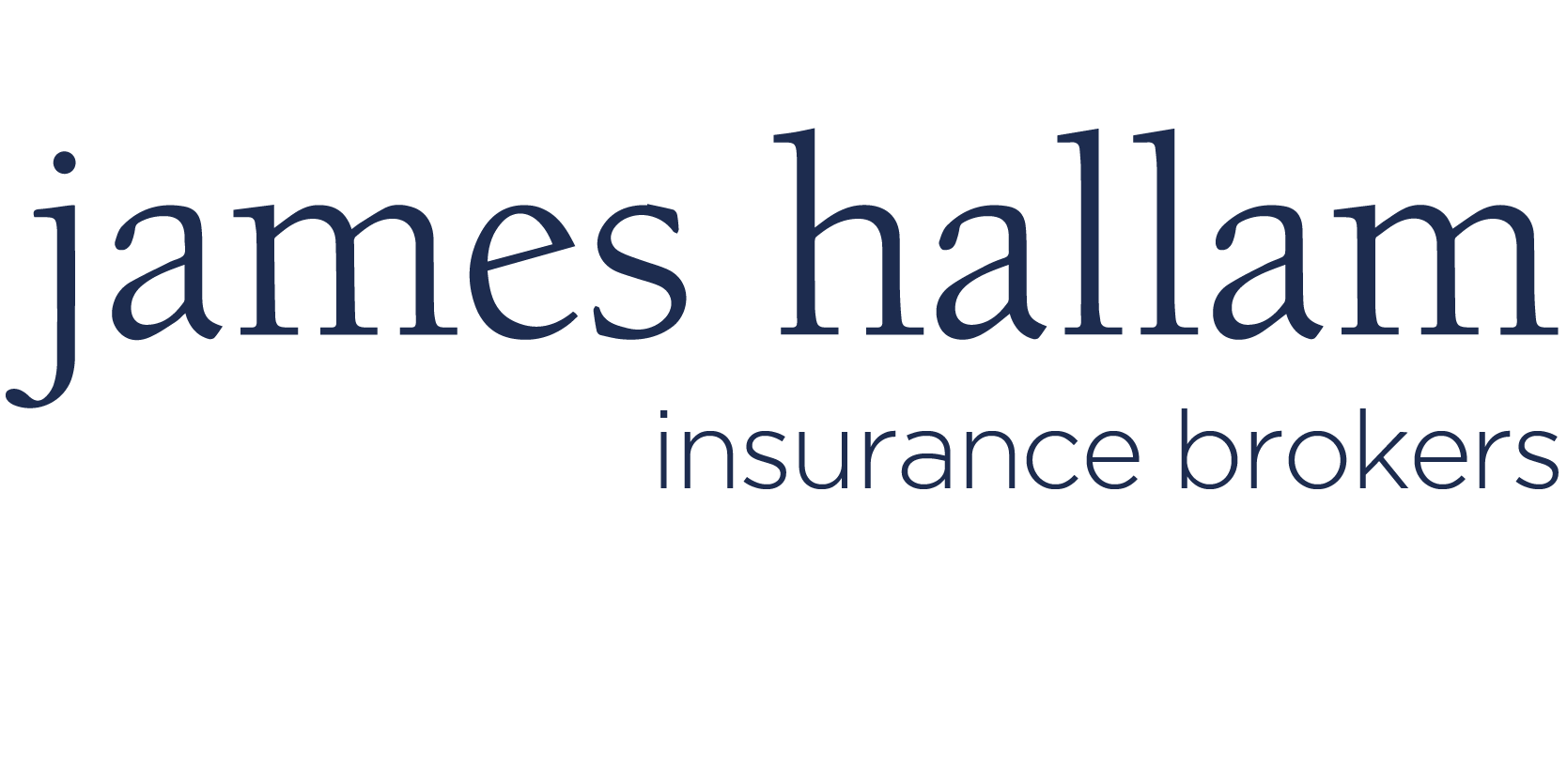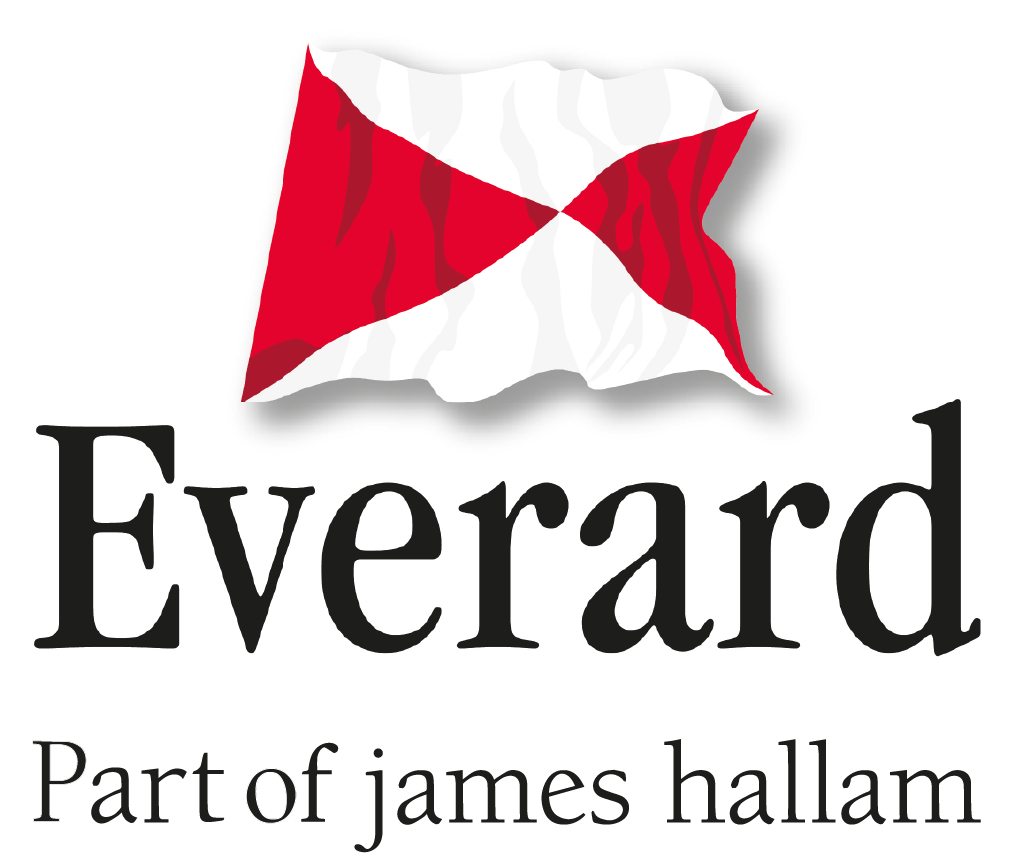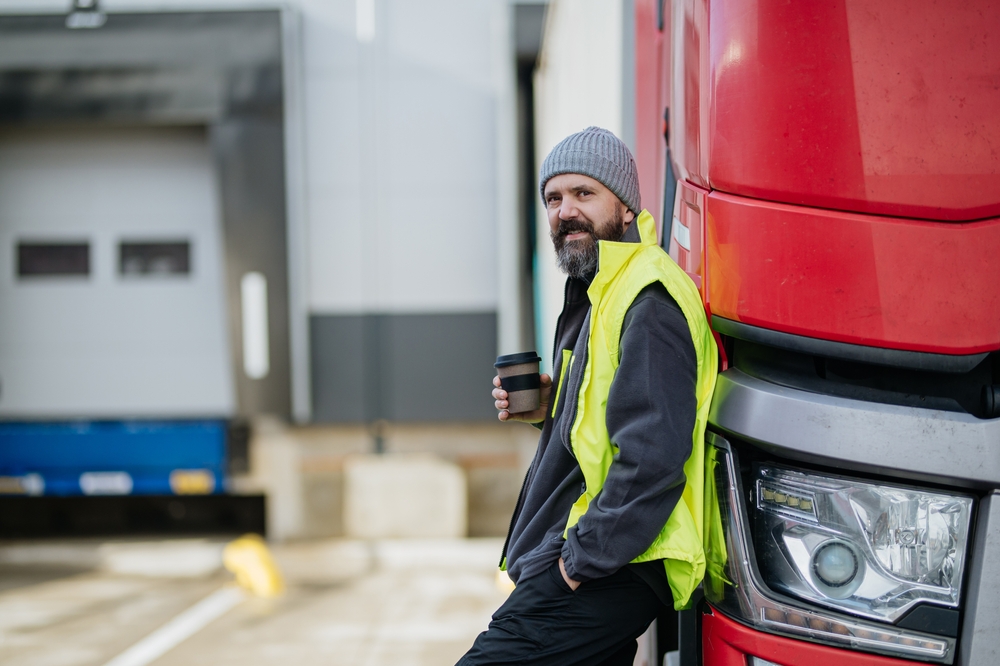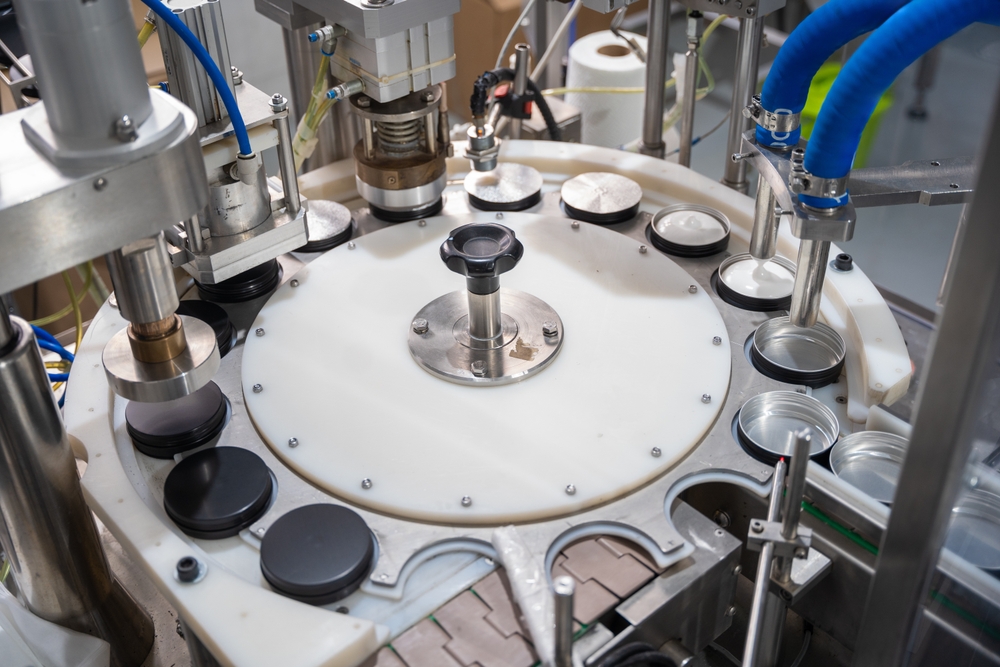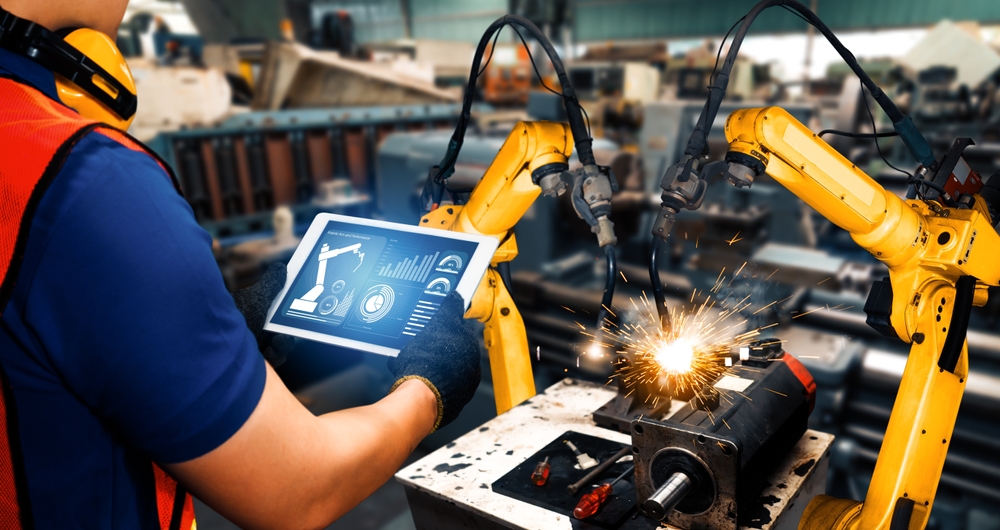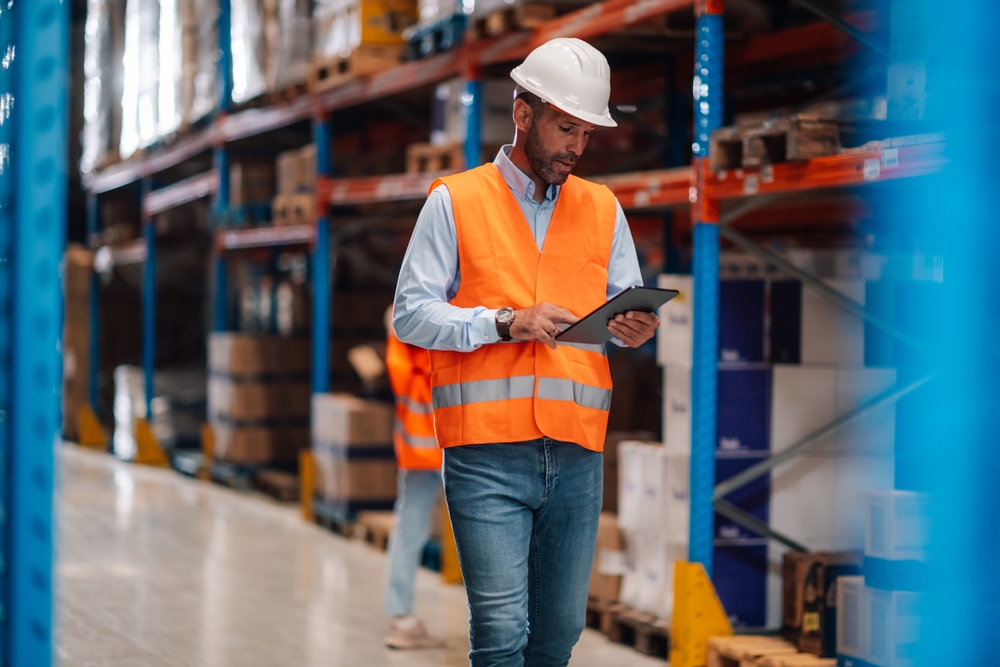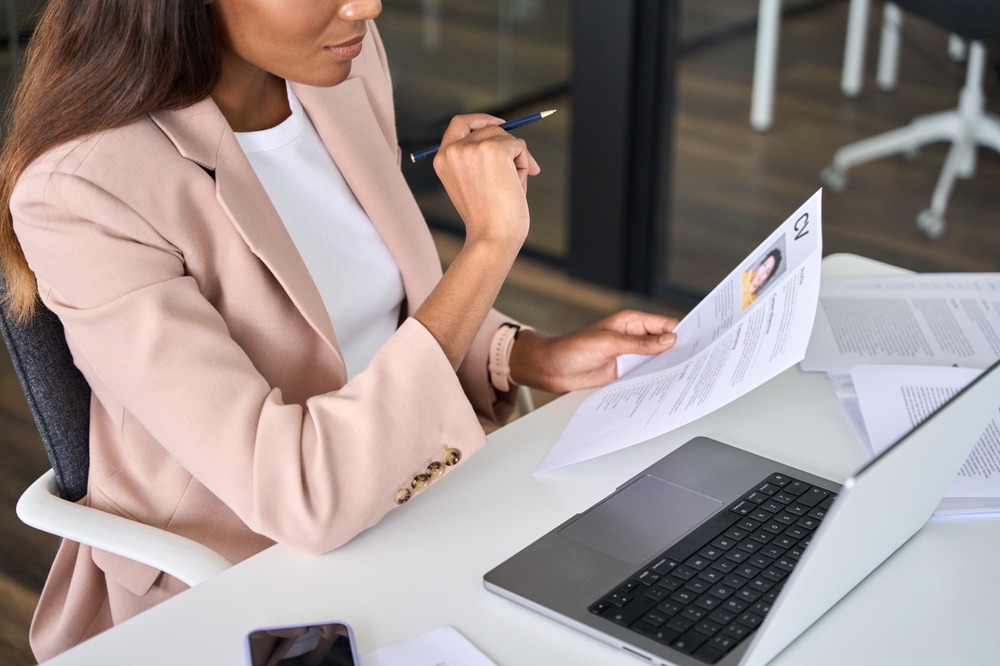If you are a warehouse manager, health and safety should be your priority. You have a duty of care to your staff, and a legal responsibility for keeping them safe. Yet even beyond this, any accidents and incidents in the warehouse will lead to costly delays with repercussions that could be felt across the entire organisation.
In this post we will highlight some major health and safety risks for warehouses, before listing the key areas of focus for a warehouse health and safety policy.
Health and Safety Risks For Warehouses
There are a number of major health and safety risks for warehouses, including:
- Employee injuries
- Fire and flood
- Theft
- Cyber risks
We’ll go through each of these in more detail to explore exactly what these risks are and how they can affect you and your employees.
Employee injuries
Warehouses may be among the most hazardous of all working environments.
Employees may slip, trip, or fall, or they may get injured by a falling object. Depending on what you store in your warehouse, there may be a risk of exposure to hazardous substances.
Also, without the proper training and equipment, they could even injure themselves while doing the daily tasks that their job requires – such as through spraining their back while lifting a heavy object.
And of course, many of the injury risks that exist for your employees will also exist for visiting clients, delivery drivers, contractors, and other members of the public.
Fire and Flood
Warehouses are full of flammable substances, including cardboard boxes, packing materials, and cleaning substances. This means that even a small outbreak of fire could quickly spread.
You should also be aware of the risks of flood. Even if your warehouse is not located near a body of water, a burst pipe could still do a lot of damage.
Theft
Thieves actively target warehouses, and a break-in could result in significant inventory losses. If your organisation or your clients experience financial losses as a result of a preventable theft, it could cause liability issues for you, as the warehouse manager.
Cyber Risks
Finally, all organisations are vulnerable to cyberattacks, and warehouses are no exception.
As a warehouse manager, you will have a lot of valuable data stored on your devices, and you may use dedicated warehouse management systems to keep everything running. Cybercriminals may actively target your warehouse, either to steal your valuable data outright, or to encrypt it as part of a ransomware attack. Or they may target your management system simply to cause some chaos.
A cyberattack of any size could result in severe disruption and serious losses across the whole organisation. And on top of this, you could experience significant reputational damages if a client’s data is leaked as a result of the attack.
Warehouse Health and Safety Policy Checklist
There are a number of key areas of focus to make an effective warehouse health and safety policy, including:
- Risk assessment
- Employee awareness and training
- Cleaning and decluttering
- Safe storage
- Flood preparedness
- Equipment audit
We’ll explore these in more detail, to look at what they entail and how to work through each of these steps.
Warehouse Risk Assessment
To begin with, you should perform a thorough risk assessment for your whole warehouse, and the surrounding areas to identify:
- All the things that could go wrong.
- Assess how likely it is that each incident will occur
- How costly each incident could potentially be
This risk assessment should form the basis of your warehouse health and safety policy. Once you have identified every possible risk that you, your employees, and other members of the public could face, you will have a good idea of the steps you should take to address these risks.
Employee Awareness and Training
Your next step is to ensure that every employee understands:
- The risks they may face in their work
- How they should protect themselves against these risks (such as with PPE)
- The actions they should take should anything ever go wrong (such as essential first aid and incident reporting procedures)
You should also invest in ongoing staff training. Every member of warehouse staff will likely receive induction training. But you could offer periodic refresher sessions to keep everyone updated.
The training should of course cover how employees can do their jobs without injuring themselves, which may include guidance on proper lifting techniques, or on how to safely use certain pieces of equipment. Some members of the team will likely need additional specialist training, such as your appointed first aiders, and your forklift drivers.
And of course, all members of staff should receive training in spotting and responding to cybersecurity risks.
Cleaning and Decluttering the Warehouse Environment
Simply endeavouring to keep the warehouse environment clean and decluttered could help prevent many slips, trips, and falls. Cleaning and decluttering are also vital for reducing the risk of fires, and of ensuring that any fire that breaks out can be safely contained without spreading.
There should be a policy to immediately clean any spillage, clutter, or mess. There should be no obstructions to any doorways, walkways, corridors, or pathways. Everywhere should be lit appropriately, and you should change any broken lights as soon as they are spotted.
Safe Storage
Implement a policy of never storing heavy objects on high shelves. This can help reduce the potential injuries from falling injuries, as well as any potential accidents as a result of lifting a heavy object too high.
Any potentially harmful substances should be stored, handled, and disposed of in accordance with all relevant guidelines. The warehouse environment should be well ventilated to prevent the spread of harmful vapours. And in the event of a spillage, it should be cleared up as soon as possible, by trained staff in line with the applicable HSE guidance.
If you store potentially hazardous substances, your warehouse health and safety policy should outline the evacuation procedure in the event of a spillage, along with the procedures for addressing potential medical emergencies.
Flood Preparedness
Consider your flood risks, and determine how you would respond to a flood outbreak to limit the potential water damage, and to keep everyone safe.
Depending on your location, flood risk management may involve keeping an eye on weather conditions and looking out for government weather warnings. Or it might be that your only risk of flood is from leaks and burst pipes, in which case all members of staff should know how to spot the early signs.
Equipment Audit
Do you have all of the right safety and security equipment to prevent or respond to potential hazards? This might include:
- Fire alarms, fire extinguishers, sprinkler systems, fire doors, and smoke ventilation systems.
- CCTV, security alarms, security fences, and automatic floodlights.
- Equipment for safe lifting and handling, including forklifts and employee PPE.
You should regularly inspect all equipment for any faults, or any signs of wear and tear. You should also ensure that any perishable equipment is in code. If anything needs repairing or replacing, do so as soon as possible.
Reviewing Your Warehouse Health and Safety Policy
Your warehouse health and safety policy is not the sort of document that you can finish and then never think about again. Health and safety is an ongoing commitment, and as part of this you should regularly review your health and safety policy.
This means new risk assessments, to ensure that you are staying on top of all existing risks, and to help you keep abreast of any emerging risks. It also means ongoing staff training, and ongoing equipment inspections.
Specialist Warehouse Insurance From James Hallam
James Hallam is an independent Lloyd’s broker with access to a hand-picked selection of A-rated insurance providers.
We can help you get specialist stock and warehouse insurance that can help to cover you and your employees for all the risks you face in your work, at a highly competitive price.
Find out how we can help you today.
